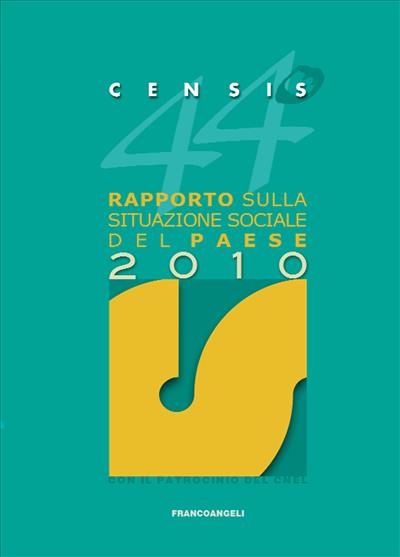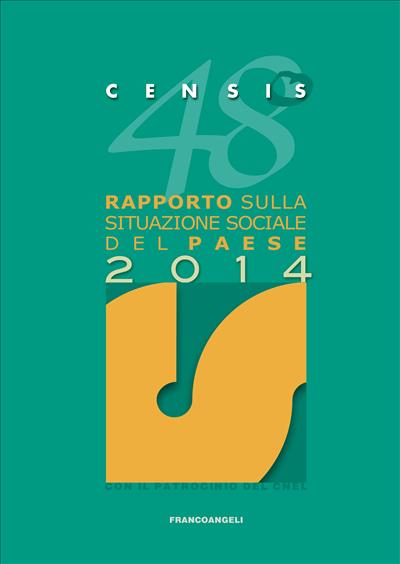
Italy Today 2002.
Social picture and trends
Edizione a stampa
42,00
Edizione a stampa
42,00
Pagine: 256
ISBN: 9788846448217
Edizione: 1a edizione 2003
Codice editore: 2000.1034
Disponibilità: Buona




